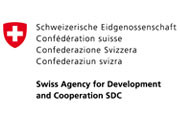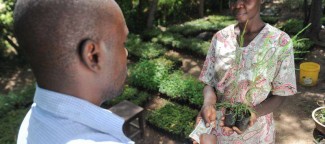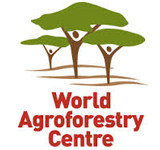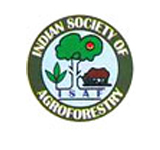Trees for Life: Accelerating the Impacts of Agroforestry
The World Congress on Agroforestry 2014 will be held in Delhi, India, 10 – 14 February 2014, organized by the World Agroforestry Centre, the Indian Council of Agricultural Research, the Indian Society of Agroforestry and Global Initiatives. It will shape the next steps in the field of integrative science, transformative change in landscapes, tree improvement, innovative tree-based value chains, debates on global and local sustainability, reform of land and tree tenure and holistic education.
Building on the legacy of the 2nd congress in 2009, the World Congress on Agroforestry 2014 will act as a springboard to accelerate the impacts of agroforestry, build people’s livelihoods, increase the vitality of the landscape and drive the adoption of large-scale innovations.
MORE UPDATES >WCA 2014 UPDATES
-
 24.02.2014
24.02.2014Business and Agroforestry: the Role of Public-Private Partnerships
A great deal of the World Congress on Agroforestry, held in New Delhi, focused on business: How to link smallholders to markets? How to make agroforestry profitable? How to engage major corporations? How to guarantee social and environmental sustainability while making money? Some of the liveliest discussions involved high-profile executives and entrepreneurs, including a..
Read More » -
 24.02.2014
24.02.2014Actualizing a landscape approach: issues and challenges
In order to realize implementation of a landscape approach, a dynamic combination and interaction of factors is involved. At a Landscape session during the World Congress on Agroforestry, discussions focused on key areas involving actual implementing case studies, need forsynergies between mitigation and adaptation in policy, innovative community-driven institutional platforms, and governance. A comparative..
Read More » -
 14.02.2014
14.02.2014In Social Media Wonderland
Someone once told me, we can do all the science we want, we can do all the agricultural research for development we want, unless if our findings get “out there”, the research is a useless spending of public funding. And “getting it out there” is not just publishing in scientific journals, but “getting it..
Read More » -
 14.02.2014
14.02.2014Coffee Agroforestry: A Shady Affair?
Coffee plantations are expanding fast at the cost of disrupting ecological systems. Coffee Agroforestry System (AFS) seem to have positive impact on environmental services; or do they? Kodagu, located in the Western Ghats in India, produces 2% of the world’s coffee. The Western Ghats is one of the top ten biological hotspots in the..
Read More » -
 13.02.2014
13.02.2014Where good science and the art of innovation meet
The agroforestry system known as Farmer Managed Natural Regeneration (FMNR) is spreading rapidly and widely, but can this be explained by good science? Science guides us on optimal species to promote, plant spacing, pruning methods, soil fertility impacts, moisture levels, annual crop yields and much more. Science also explains important concepts relevant to FMNR,..
Read More » -
 13.02.2014
13.02.2014We need Steve Jobs’ in agroforestry
As Steve Jobs used to say, “People don’t know what they want until you show it to them.” Agroforestry has what people want and need, in both the developing and developed world. Trees that improve crop yields, reduce greenhouse gas emissions, provide nutritious fruits, fodder for animals and fuel. The challenge lies in getting..
Read More » -
 13.02.2014
13.02.2014Your lovely furniture is made of paperwork
People in Europe buy furniture made from Indonesian timber. They want to know that the wood is harvested legally. New EU import rules will start soon. For farmers in Indonesia, it looks like more and more paperwork with no guarantee of new markets and better income. The European Union has agreements called Forest Law..
Read More » -
 13.02.2014
13.02.2014Agroforestry players in search of a unifying association
A team of nine individuals from different agroforestry-related organizations worldwide will spearhead the formation of an organization that will facilitate cooperation and knowledge-sharing in this area. The organization, the brainchild of the World Agroforestry Centre and the Indian Council of Agricultural Research, is expected to establish and manage an international secretariat which will coordinate..
Read More » -
 13.02.2014
13.02.2014Rural women in developing countries are not necessarily victims
Development agencies and researchers have long assumed that rural women are victims. Not only of climate change but also nearly everything else. New research says these assumptions are without basis. According to Bimbika Basnett, a researcher with the Center for International Forestry Research (CIFOR), the premise that women are victims of climate change rests..
Read More »




































